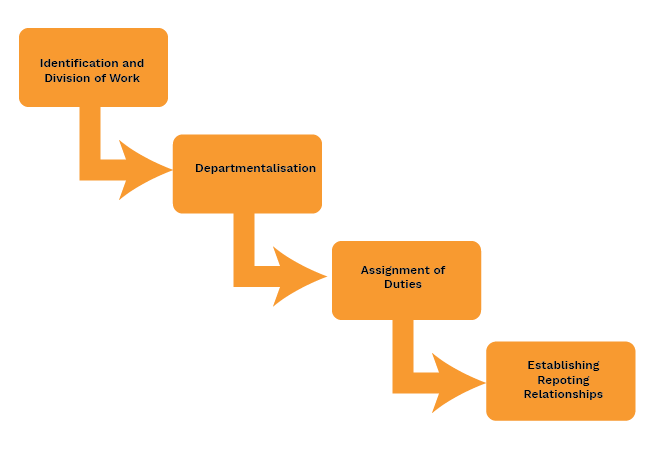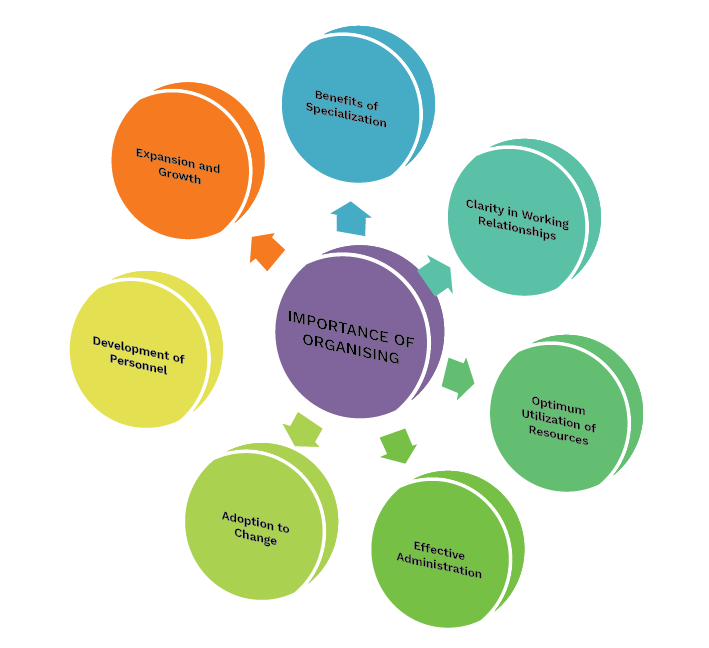CBSE Chapter 5 Class 12 Organising Notes - FREE PDF Download


FAQs on Organising Class 12 Notes: CBSE Business Studies Chapter 5
1. What are the main topics covered in the Organising Class 12 Notes?
The Organising Class 12 Notes cover key topics such as organisational structures, delegation of authority, centralisation vs. decentralisation, and the role of coordination in business management.
2. How does the Class 12 Organising Notes PDF explain organisational structures?
The Class 12 Organising Notes PDF explains various organisational structures, including functional, divisional, and matrix structures, and their impact on management and communication within a business.
3. Why is delegation important according to the Class 12 Business Studies Chapter 5 Notes?
The Class 12 Business Studies Chapter 5 Notes highlight delegation as crucial for assigning tasks, granting authority, and ensuring accountability, which helps in improving organisational efficiency and performance.
4. What do the Class 12 BST Chapter 5 Notes say about centralisation and decentralisation?
The Class 12 BST Chapter 5 Notes describe centralisation and decentralisation by explaining their definitions, benefits, drawbacks, and effects on decision-making authority within organisations.
5. What role does coordination play in organising as outlined in the Organising Class 12 Notes?
According to the Organising Class 12 Notes, coordination is essential for ensuring that different parts of an organisation work together effectively to achieve common goals.
6. How can the Class 12 Business Studies Chapter 5 Notes PDF help with exam preparation?
The Class 12 Business Studies Chapter 5 Notes PDF provides a concise and structured overview of the chapter’s concepts, making it an effective tool for quick review and thorough exam preparation.
7. What types of organisational structures are discussed in the Ch 5 Organising Class 12 Notes?
The Ch 5 Organising Class 12 Notes discuss various organisational structures such as functional, divisional, and matrix structures, detailing their features and applications in business.
8. How can the Class 12 Organising Notes be used to understand delegation of authority?
The Class 12 Organising Notes provide detailed explanations of the process of delegation, including how tasks are assigned, authority is granted, and accountability is maintained within an organisation.
9. What is included in the Business Studies Class 12 Chapter 5 Organising Notes PDF?
The Business Studies Class 12 Chapter 5 Organising Notes PDF includes comprehensive information on organisational structures, delegation, centralisation vs. decentralisation, and coordination, offering clear insights and practical examples.
10. Why should students refer to the Organising Class 12 Notes PDF for their studies?
Students should refer to the Organising Class 12 Notes PDF for its detailed and accessible content, which simplifies complex concepts and aids in effective study and exam preparation.

























